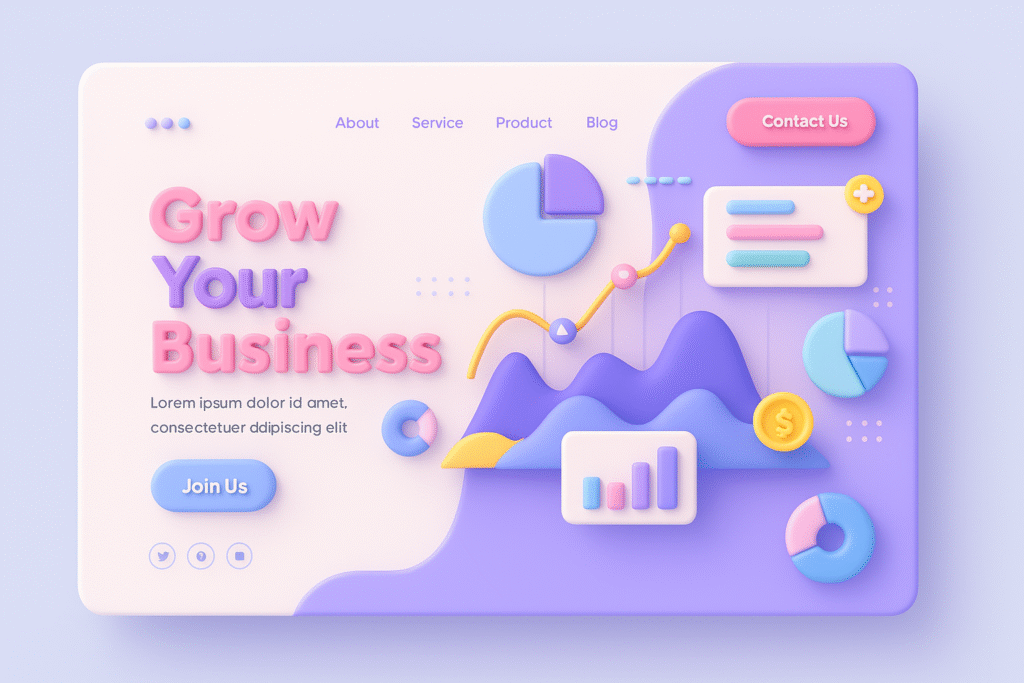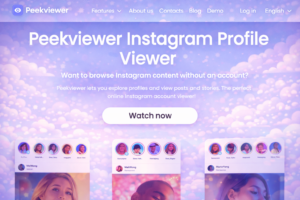In 2023, Ahrefs found that 96.55% of website pages never get seen in search results.
That means all the time you’ve spent writing, designing, and tweaking could be wasted if you’re missing key pieces.
The problem isn’t always obvious: it could be slow hosting, a clunky mobile layout, or outdated tools.
On top of that, nearly half of shoppers leave a site the moment they sense it’s unsafe.
The good news is that each issue has a fix, and you don’t need a massive budget to turn things around.
In this article, we’ll break down the top 8 problems and how to solve them so your site finally delivers the growth you expect.
Your Site Ignores Mobile Users
Mobile devices generate 62.54% of global web traffic.
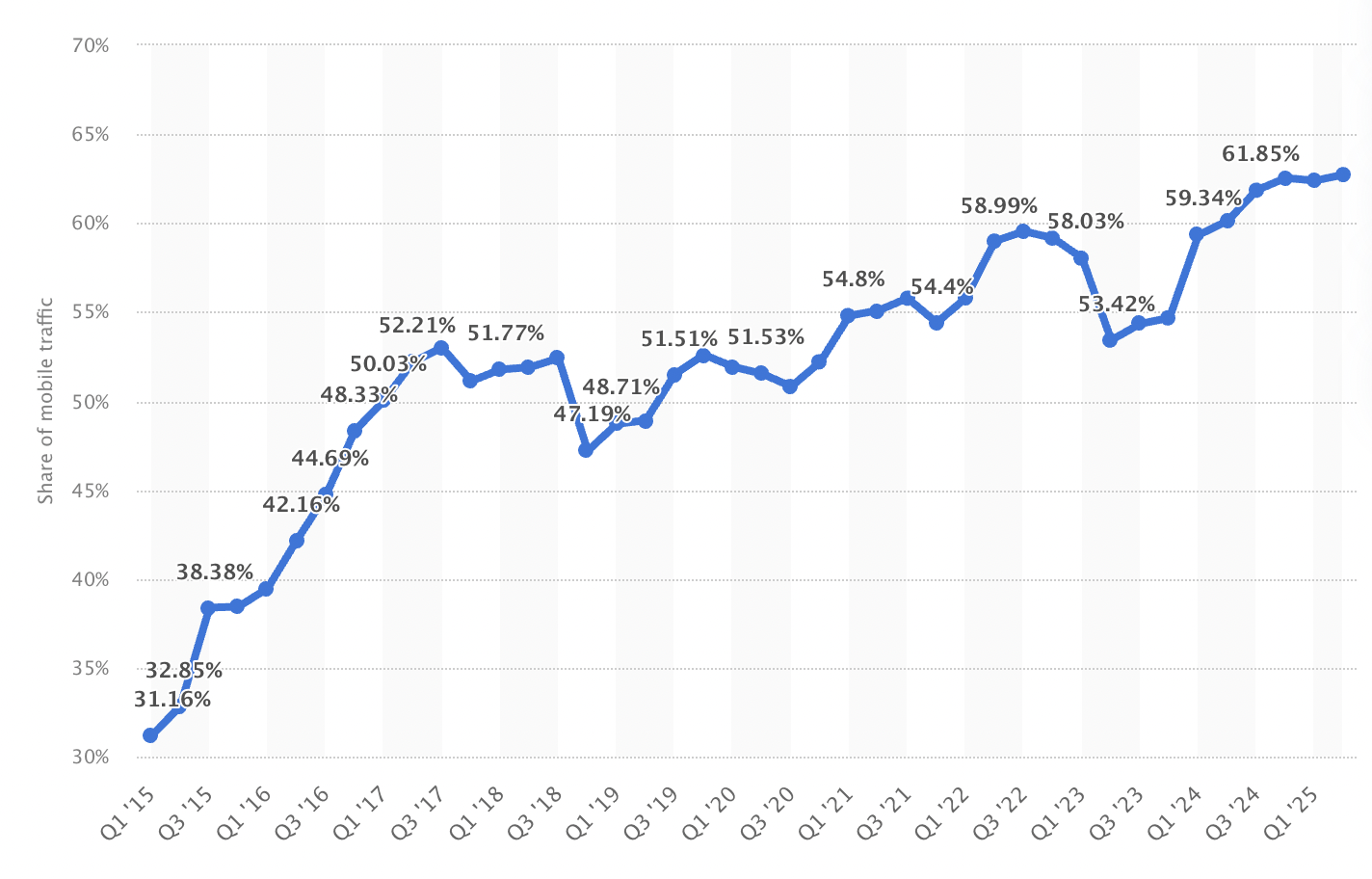
Yet four in ten small businesses still lack mobile optimization. This gap costs money. Google ranks mobile-friendly sites higher. Shoppers abandon sites that don’t work on phones.
Mobile optimization means more than shrinking desktop layouts. Touch targets need proper spacing. Forms must work with autofill. Payment processes should minimize typing. Text must remain readable without zooming.
Load speed matters more on mobile networks. Users on 4G connections expect pages within three seconds. Those on slower connections wait longer, but have limits.
Every additional second of load time reduces conversions. Walmart proved this by cutting one second from mobile load times and gaining 2% more conversions.
Server Infrastructure Bottlenecks Limit Growth Potential
Many businesses overlook server capacity when troubleshooting slow sites. Your hosting plan determines how many simultaneous visitors your site can handle.
Shared hosting plans often throttle resources during traffic spikes. This causes crashes during sales events or viral content moments.
Companies like Target faced public backlash when their sites crashed during Black Friday sales.
Solutions include upgrading to VPS hosting, dedicated servers, or fast website hosting services that guarantee uptime and speed.
Server location also affects load times. A server in Virginia serving customers in Japan creates latency issues.
Content delivery networks help distribute files globally. Database optimization reduces query times. Regular cache clearing prevents memory overload.
These technical fixes require planning but prevent the revenue loss from site outages and poor performance.
You Don’t Know Your Visitors
Analytics tools exist. Most businesses ignore them. Only about 60% of companies run A/B tests on their landing pages. This means the rest guess what works instead of measuring it.
Basic analytics show visitor counts and traffic sources. Better analytics reveal behavior patterns. Heatmaps show where people click. Session recordings reveal confusion points. Conversion funnels identify dropout locations.
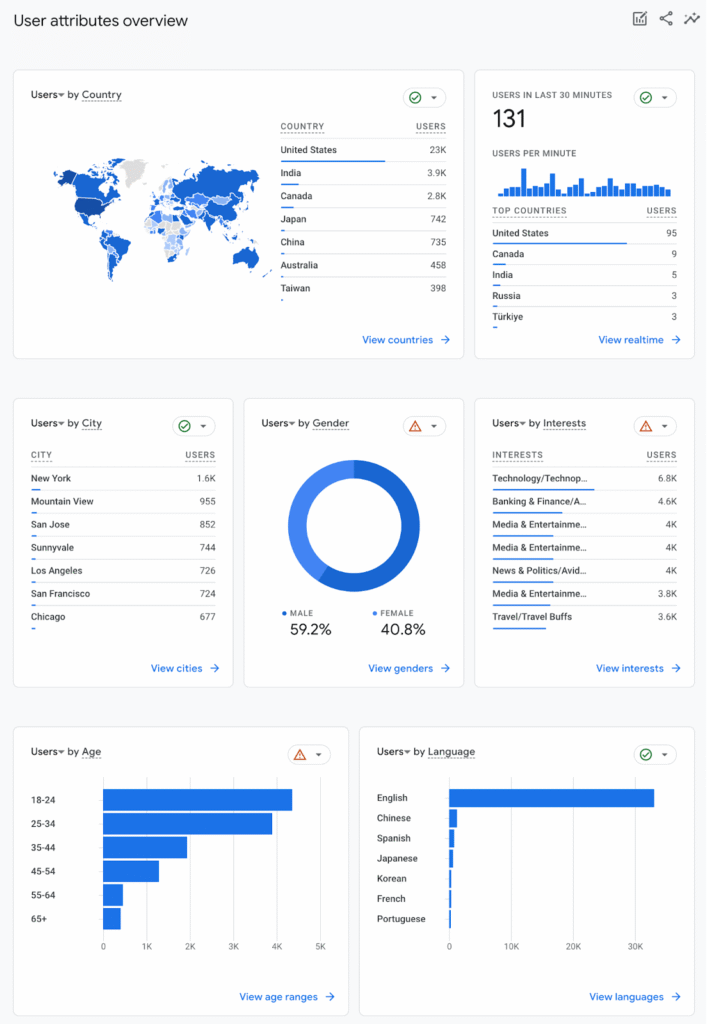
Google Analytics 4 provides free tracking. Hotjar adds visual insights. These tools need proper setup and regular review. Companies that use analytics double their chances of fixing problems.
Those who test headlines, buttons, and layouts see engagement increase significantly.
Without data, you make assumptions. You think customers want feature X when they actually need solution Y. You redesign pages that work fine while ignoring broken checkout flows.
AI Tools Sit Unused
Artificial intelligence powers personalization. Netflix uses it for recommendations. Amazon uses it for product suggestions.
McKinsey found 71% of consumers want personalized interactions. And 76% get frustrated when this doesn’t happen.
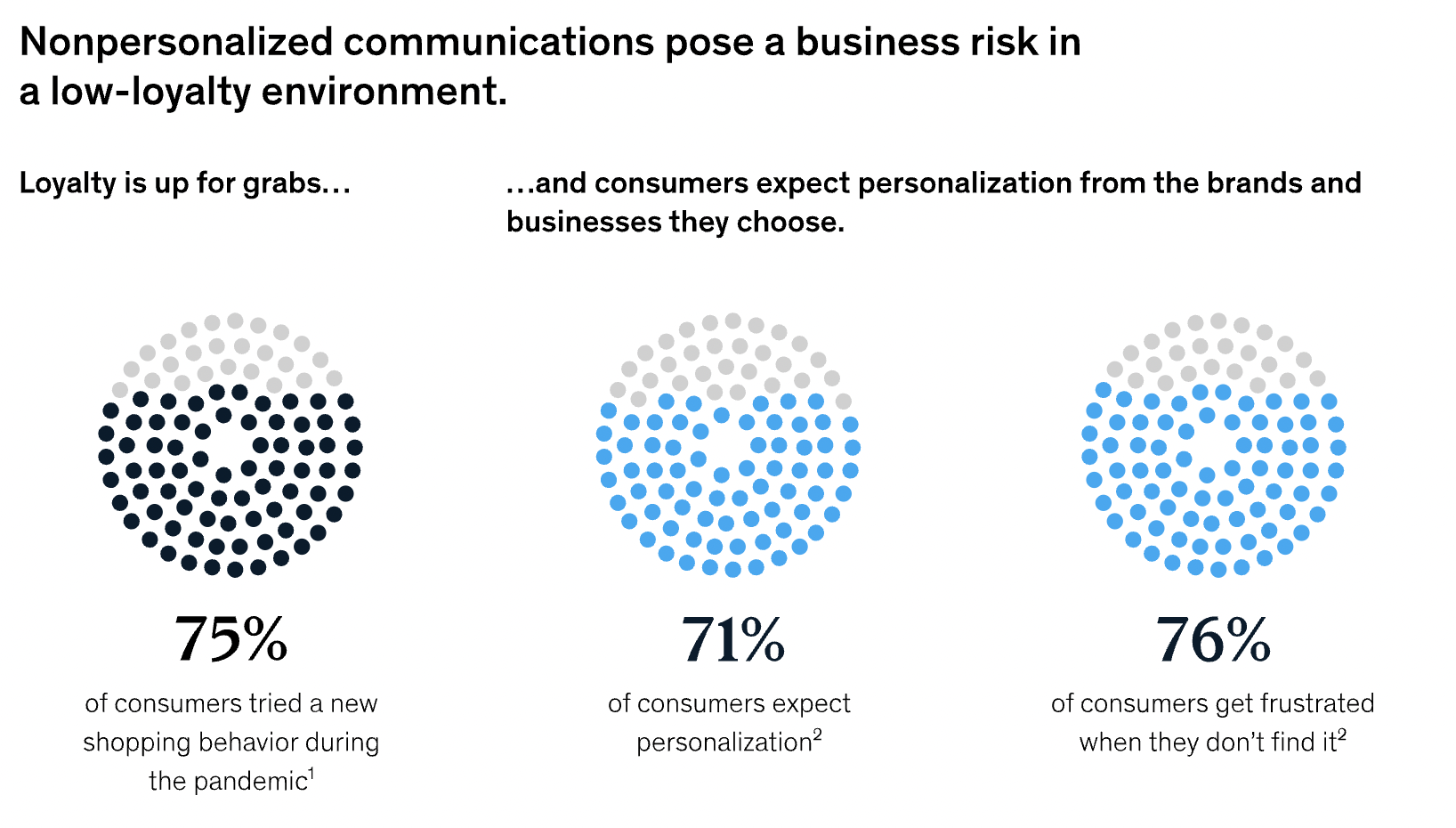
Meanwhile, many small businesses use AI in some form, but they often don’t have the budget, tools, or staff to personalize as fully as big brands.
AI doesn’t require massive budgets anymore. Chatbots handle basic customer questions. Email platforms segment audiences automatically. Product recommendation engines integrate with standard e-commerce platforms.
These tools exist as plug-and-play solutions.
The barriers include setup complexity and staff training. Some owners fear losing control to algorithms. Others don’t understand the technology. But competitors who adopt AI gain advantages in customer retention and average order values.
Security Gaps Hurt Your Reputation
Cybersecurity threats are rising fast, and small businesses are no exception.
Research shows that ransomware remains one of the most damaging forms of attack, with global damages from cybercrime projected to exceed $10 trillion annually by 2025.
The average downtime after a malware or ransomware incident is about 21 days, costing businesses both revenue and reputation.
Customers are also quick to abandon sites that feel unsafe. Surveys show that 51% of users will leave a website if data security is in doubt.
That means poor security is a sales killer.
Basic security steps include:
- Enabling HTTPS (already used by about 87.6% of websites worldwide)
- Installing firewalls and keeping software updated
- Regularly backing up data
- Training staff on phishing awareness and password safety
Compliance is just as important:
- Under GDPR, fines can reach up to €20 million or 4% of global annual turnover, whichever is higher.
- In the U.S., privacy laws like CCPA in California (and similar rules emerging in other states) mean more businesses are affected each year.
Falling behind on security doesn’t just mean a possible breach. It can also mean fines, lawsuits, and lasting damage to your reputation.
Nobody Finds Your Pages
Google ignores most websites. As we already know, 96.55% of pages get zero organic traffic. Another 1.94% get fewer than 10 monthly visits. Your content competes against billions of other pages.
SEO requires three elements: quality content, relevant keywords, and authoritative backlinks.
Most sites fail at all three. They publish thin content, target wrong keywords, and lack credible links.
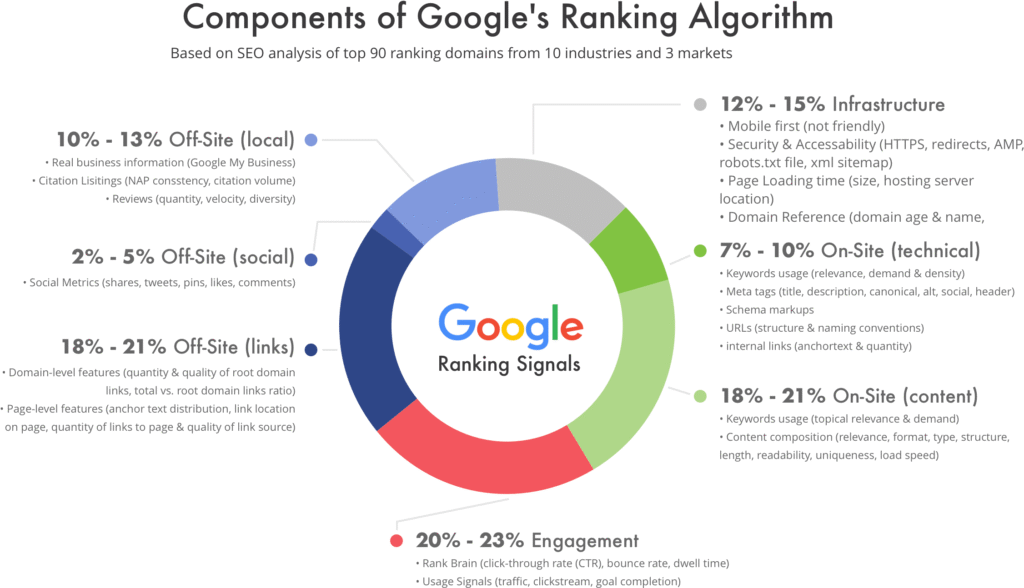
Algorithm updates punish low-quality sites. Duplicate content triggers penalties. Sites without expertise signals rank poorly. User intent mismatches cause high bounce rates. Google notices and drops rankings further.
Paid advertising costs keep rising. PPC expenses increase. Small budgets buy fewer clicks each month. New sites struggle against established competitors with deeper pockets and stronger domain authority.
Local SEO offers better odds. 58% of businesses ignore local optimization despite its conversion potential.
Google Business Profile listings, location pages, and local content drive targeted traffic at lower costs.
Platforms Can’t Scale
Legacy systems trap businesses. Old content management systems resist updates. Custom code becomes unmaintainable. Plugin conflicts break functionality.
Modern alternatives exist. Headless CMS separates content from presentation. This allows deployment across multiple channels.
According to a recent WPEngine survey, 73% of businesses report using headless website architecture (up 14% since 2021 and nearly 40% since 2019).
No-code platforms democratize development. Webflow, Wix, and Bubble let non-programmers build sites. These tools already power many new small business websites.
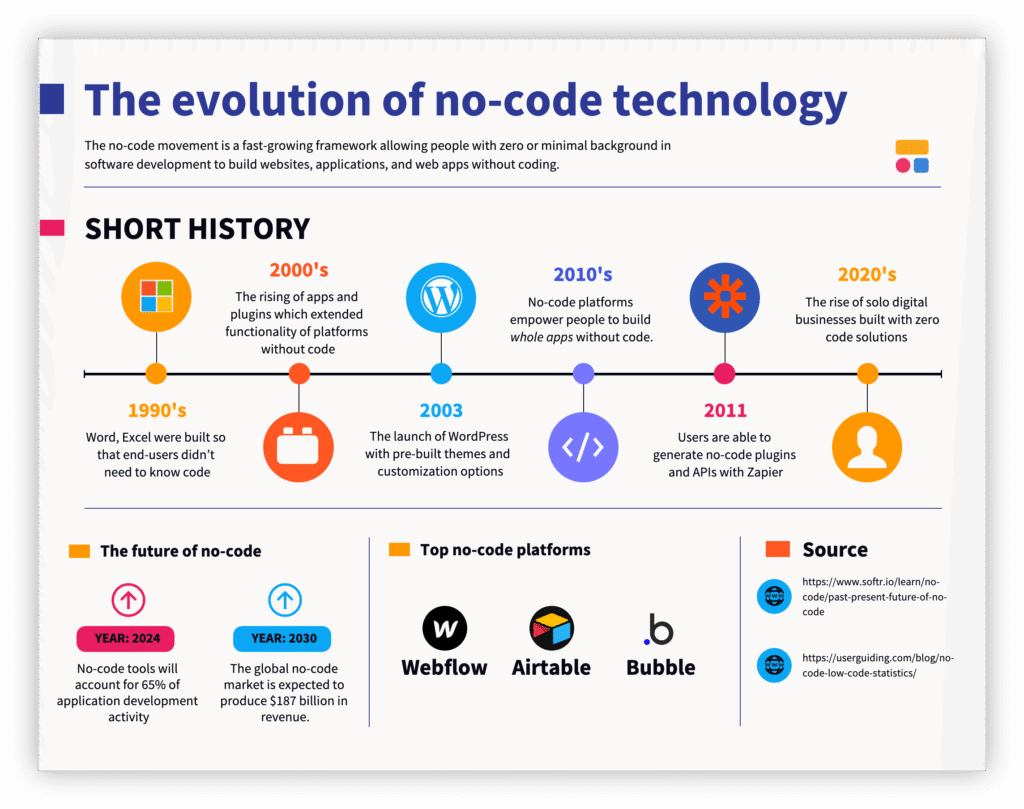
Gartner predicts 70% of enterprise apps will use low-code technology by 2025.
Serverless architecture removes infrastructure management. Sites scale automatically during traffic surges. Costs align with actual usage rather than reserved capacity.
Marketing Tools Don’t Connect
Customer journeys fragment across touchpoints. Email systems don’t talk to chat software. Loyalty programs operate separately from purchase history. This disconnection loses sales.
81% of consumers research online before buying. They expect seamless transitions between research, questions, and purchases. Fragmented systems create friction. Questions go unanswered. Follow-ups never happen. Loyalty rewards get forgotten.
A few small businesses use automated email responders. Even less integrate live chat or loyalty programs.
Meanwhile, leaders like Sephora link every interaction. Their chatbots know purchase history. Their emails reference browsing behavior. Their loyalty programs reward engagement across channels.
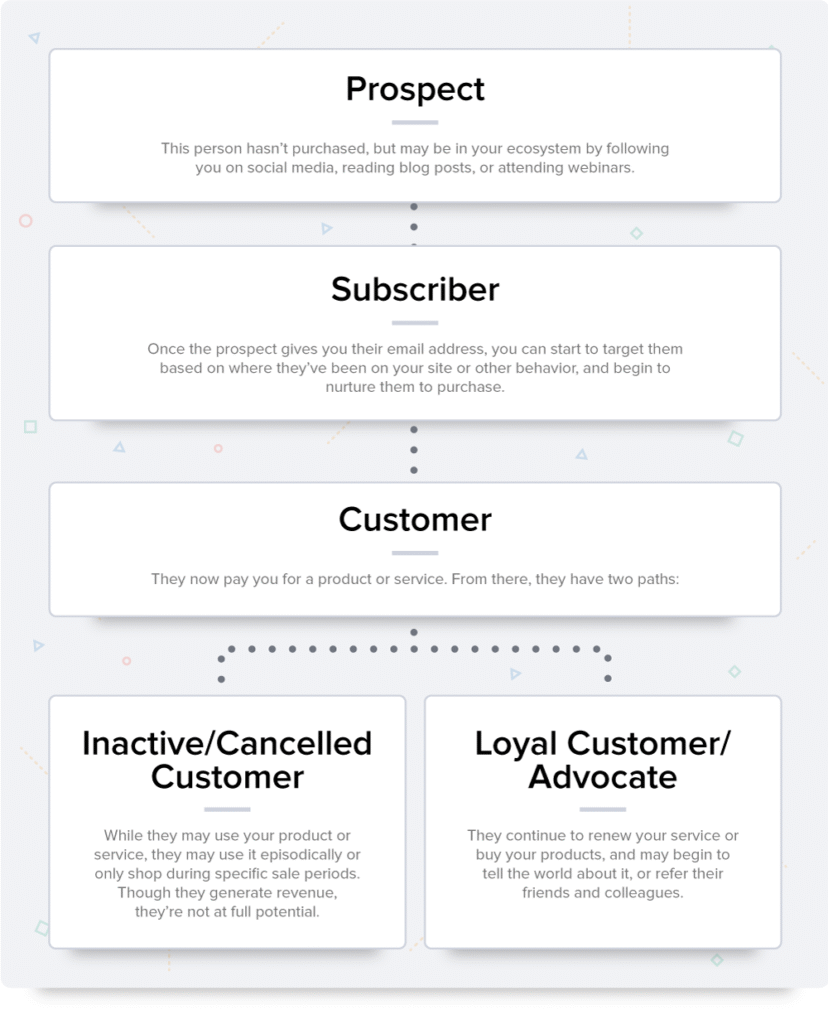
Integration requires planning. Choose tools that share data. Map customer workflows before selecting software. Test connections between systems. Monitor handoff points where customers might disappear. Small improvements in connection quality compound into major retention gains.
Final Thoughts
Your website is one of the most important parts of your business. But if it’s slow, insecure, or disconnected, it won’t bring you the growth you need.
The good news is that every one of these eight problems has a solution. You don’t need a massive budget, just a willingness to fix the weak spots and keep improving.
Tackle these issues one by one, and you’ll turn your website into a growth engine that attracts customers, earns their trust, and keeps them coming back.

